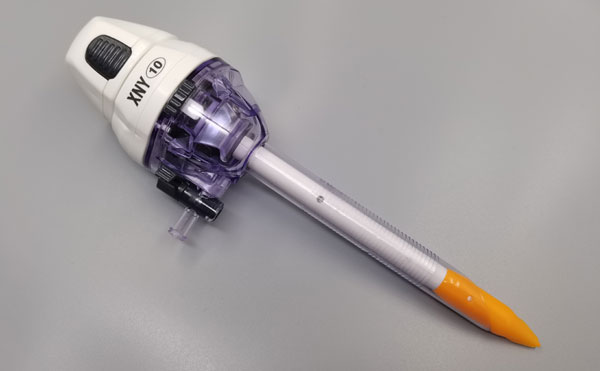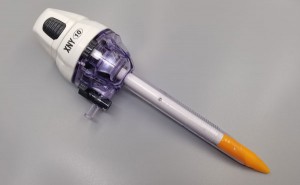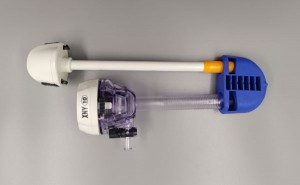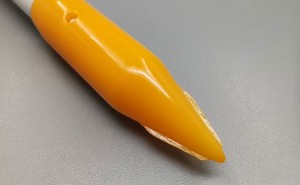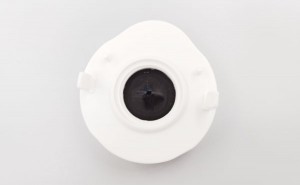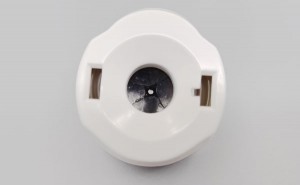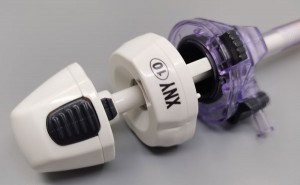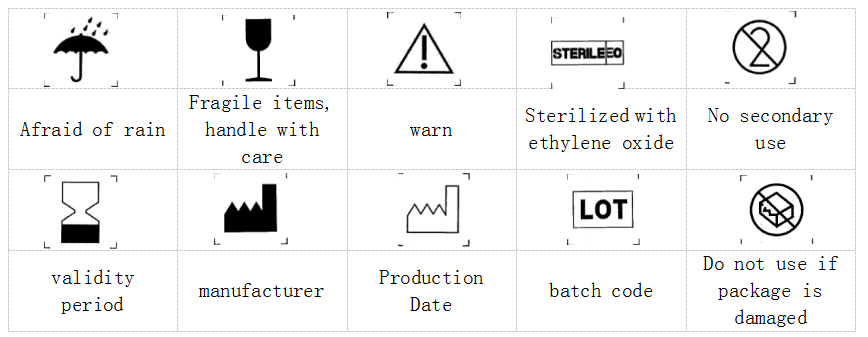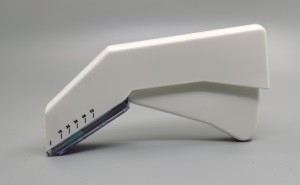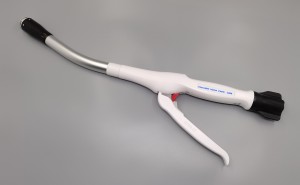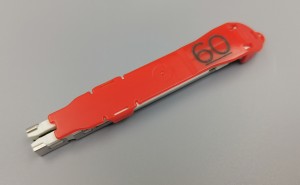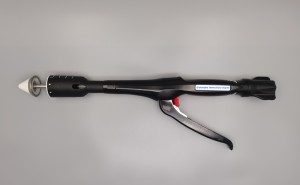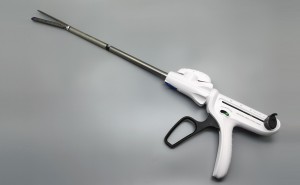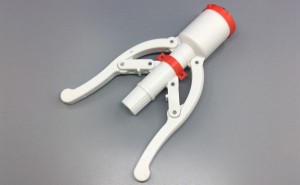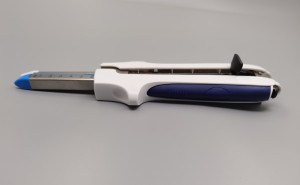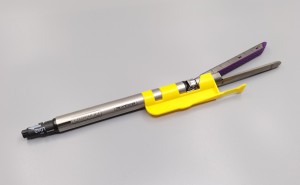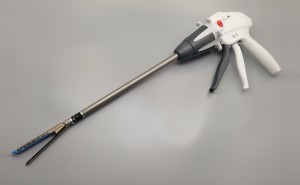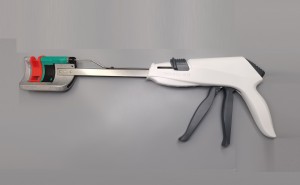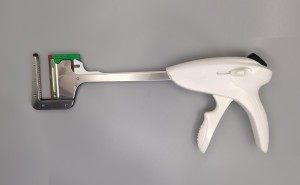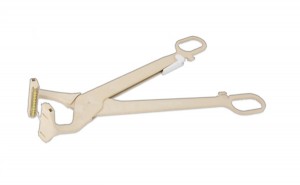New Single Use Trocar
- Single Use Trocar bulk Smail
- Single Use Trocar supplier Smail
- Single Use Trocar cost Smail
- Single Use Trocar for sale Smail
- Single Use Trocar manufacturer Smail
- Single Use Trocar buy Smail
Piercing Cannula Needles Features:
. Use happily and effectively avoid contact with infection.single use tractor for sale- Smail
The puncture needle of the knifeless trocar is designed with a blunt tip, which can prevent the puncture needle from puncturing the organs.
. With a knife-shaped piercer helmet can effectively protect and protect the protective cover, destroying the knife. With compression, and with safety buttons, the elastic can expand and contract freely.
. Catheter The catheter pipe is designed with a special thread, which has low resistance during playback and can be fixed in the abdomen afterwards, which can ensure the smooth operation of the operation.
. A variety of different tube diameters and different specifications of utensils can be opened in the human tissue to facilitate the in and out of various surgical instruments.
. Good airtightness and gas barrier properties can effectively prevent the leakage of the intra-abdominal outlet.
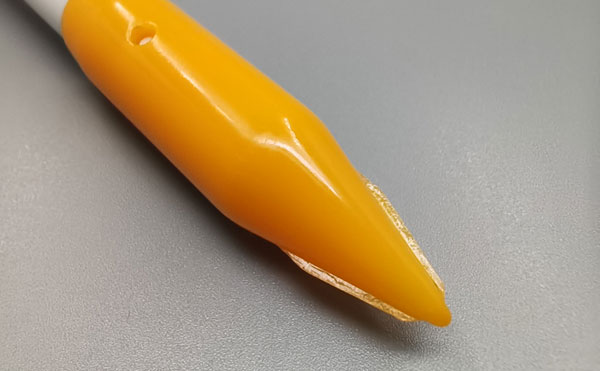
Single use trocar applicable surgery:
Surgical tools for intracavitary surgery on human abdominal wall tissue during laparoscopic examination and surgery.
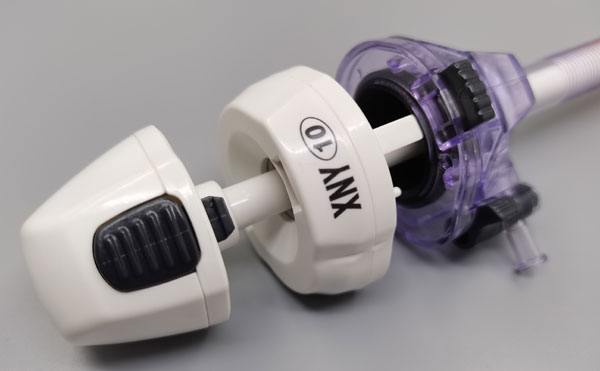
Before installing and using this product, please read the instruction manual carefully
Disposable laparoscopic trocar instruction manual
I.Product name, model, specification
Disposable laparoscopic trocar unit (mm)
|
Model Specifications |
Piercing cone outer diameter D1 |
Casing inner diameter D |
Casing length L |
Puncture cannula length L1 |
Piercing cone length L2 |
|||||
|
size |
tolerance |
size |
tolerance |
size |
tolerance |
size |
tolerance |
size |
tolerance |
|
|
P-TC-5 |
5.5 |
+0.3 0 |
6 |
+0.3 0 |
112 |
±2.0 |
160 |
±2.0 |
205 |
±2.0 |
|
P-TC-10 |
10.3 |
10.4 |
||||||||
|
P-TC-12 |
12.8 |
12.9 |
||||||||
|
P-TC-15 |
15.2 |
15.7 |
||||||||
II. Disposable laparoscopic trocar performance
The puncture device is used as a laparoscopic surgical instrument. The pneumoperitoneum should be established first, and then a 5-12 mm skin incision should be made at a suitable position in the abdomen. Fix the trocar by hand at an appropriate angle on the pneumoperitoneum-elevated abdomen. Through the skin incision, press down on the top of the puncture device with the palm of your hand, and insert the puncture device into the skin incision. When the puncture device enters the abdominal cavity, immediately take out the puncture cone to form a working channel, and then insert the laparoscope/instrument for observation and Operation.
III. Disposable laparoscopic trocar main structure composition
The disposable laparoscopic puncture device is mainly composed of a sealing cap, a locking and fixing cover, an air injection valve, a cannula, a puncture cone, an air blocking valve and a self-adjusting sealing cap.
Among them: the sealing cap, locking and fixing cap, gas injection valve, casing, and puncture cone are made of PC material, and the air blocking valve and self-adjusting sealing cap are made of silicone material.
IV.Disposable laparoscopic trocar scope of application
It is used to puncture the abdominal wall tissue of the human body during laparoscopy and surgery, and to establish a working channel for abdominal surgery.
V. Disposable laparoscopic trocar appearance structure
 1.Sealing cap 2. Locking and fixing cap 3. Injection valve 4. Sleeve
1.Sealing cap 2. Locking and fixing cap 3. Injection valve 4. Sleeve
5. Piercing cone 6. Air blocking valve 7. Self-adjusting sealing cap
1.figure 1 P-TC-(5/10/12/15)trocar
VI. Disposable laparoscopic trocar Contraindications
It cannot be used in neonatal patients, and should be used with caution in pregnant women.
VII. Disposable laparoscopic trocar installation
none
VIII. Disposable laparoscopic trocar Instructions for use
1. Before using our company’s disposable puncture cannula, it is recommended to establish a pneumoperitoneum first, and then make a skin incision in the abdominal cavity that is large enough to accommodate the cannula. One way to ensure that the skin incision is large enough is to press the trocar outer tube down against the body wall, creating a circular imprint, and then incise with an appropriately enlarged diameter of the imprint to accommodate cannula entry, e.g. 5mm puncture The casing needs to be increased in diameter by 2mm. Note that smaller incisions may result in skin resistance of the cannula, increasing penetration force and reducing the surgeon’s control of the cannula during insertion.
2. Fix the puncture cannula at an appropriate angle on the raised abdomen after pneumoperitoneum. Disposable trocars are sharper than reusable trocars and therefore generally require less force to insert. But be careful: Not having enough gas, not making a big enough skin incision, or using too much force can increase the risk of injuring internal organs.
3. Before introducing the puncture cannula through the skin incision, insert the puncture cone into the puncture cannula.
4. Press down on the top of the piercing cannula with the palm of your hand. At the same time, keeping the pressure on the handle constant, insert the disposable puncture cannula into the skin incision. Apply continuous downward pressure during cannula entry.
5. Once the cannula has entered the abdominal cavity, care must be taken not to reapply the cannula. If the surgeon thinks that the puncture cannula is located in the abdominal cavity, the puncture cone should be removed immediately and inserted into the laparoscope for observation.
6. If the puncture is not completed, repeat steps 3-5.
7. If the puncture incision is 10 mm or larger after operation, the deep fascia should be closed to reduce the risk of incisional hernia by suturing.
8. After the puncture is successful, before using the endoscopic instrument, apply medical lubricant on the surface of the endoscopic instrument or the sealing ring of the puncturer to reduce resistance and make the operation more convenient and quick.
IX.Disposable laparoscopic trocar maintenance and maintenance methods
1. Storage: Store in a room with a relative humidity not greater than 80%, well ventilated, and no corrosive gases.
2. Transportation: The packaged product can be transported with normal tools. During transportation, it should be handled with care and avoid direct sunlight, violent collision, rain and gravity extrusion.
X.Disposable laparoscopic trocar expiration date
After this product is sterilized by ethylene oxide, the sterilization period is three years, and the expiration date is shown on the label
XI. Disposable laparoscopic trocar accessories list
none
XII. Disposable laparoscopic trocar precautions and warnings
1. When using this product, aseptic operation specifications should be strictly followed;
2. Please check the packaging of this product carefully before use, if the blister packaging is damaged, please stop using it;
3. This product is sterilized by ethylene oxide, and the sterilized product is for clinical use. Please check the disc indicator on the sterilization packaging box of this product, “blue” indicates that the product has been sterilized by ethylene oxide and can be directly used clinically;
4. This product is for one-time use and cannot be sterilized after use;
5. Please check whether the product is within the validity period before use. The sterilization validity period is three years. Products beyond the validity period are strictly prohibited to use;
6. Failure to form and maintain a suitable pneumoperitoneum during abdominal surgery may reduce the available operating space, thereby hindering the forward movement of the puncture cone and increasing the risk of visceral tissue injury.
7. Only experienced and familiar with endoscopic techniques can perform endoscopic surgery. Before the operation, physicians should consult relevant books and literature to understand the techniques, complications and risks of endoscopy.
8. The one-shaped puncture cone is sharper and safer, so less force is required during insertion. Excessive force may reduce the user’s control over the insertion angle and depth of the puncture cone, increasing the risk of injuring internal tissues.
9. Adhesions, anatomical abnormalities or other obstacles may prevent or delay, which will cause the puncture cone to damage the internal organ structure during blind puncture. It is recommended to use open laparoscopic surgery, and then use this product after adding sutures to the abdominal fascia import use.
10. Before and after removing the disposable cannula from the abdominal cavity, check the surgical site for hemostasis. Bleeding can be controlled with cautery or hand sutures. At the physician’s discretion, a laparotomy may be required.
11. Once in the abdominal cavity, care must be taken not to re-pressurize the cannula. If enough force is applied to the front end to move the cone forward, it will cause damage to the internal tissues.
12. When using endoscopic instruments and accessories produced by different manufacturers at the same time in endoscopic surgery, the compatibility between different instruments should be checked, and the electrical insulation and grounding should be checked.
13. If the punctured skin incision is 10mm or longer, the deep fascia should be closed to reduce the possibility of incisional hernia.
14. During laparoscopic surgery, the patient should be in a supine position with the head down and feet up. When using the first puncture cannula, lift the lower abdominal wall with one hand, operate the puncture cannula with the other hand, make an incision from the umbilicus skin, and insert it toward the bladder at a 45-degree angle.
15. Sterilized products should be stored in a cool, dry, clean, well-ventilated environment without corrosive gases.
16. After the puncture is successful, apply medical lubricant on the surface of the endoscopic instrument or the sealing ring of the puncture device before using the endoscopic instrument to reduce resistance and make the operation more convenient and quick.
17. See label for production date
18. Explanation of graphics, symbols and abbreviations used in packaging and labels


